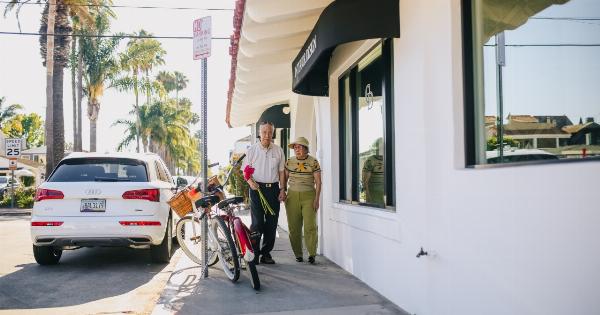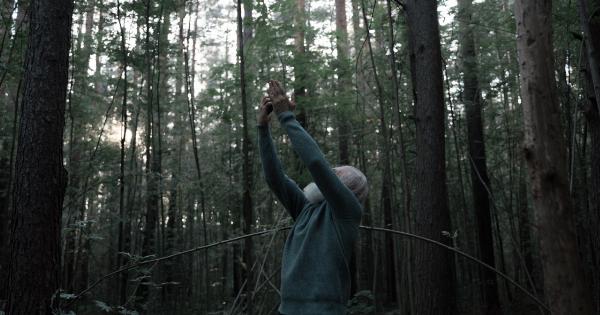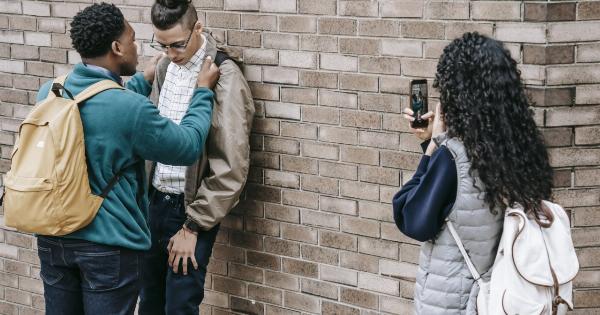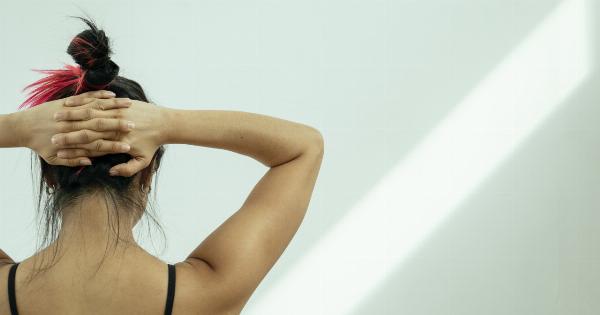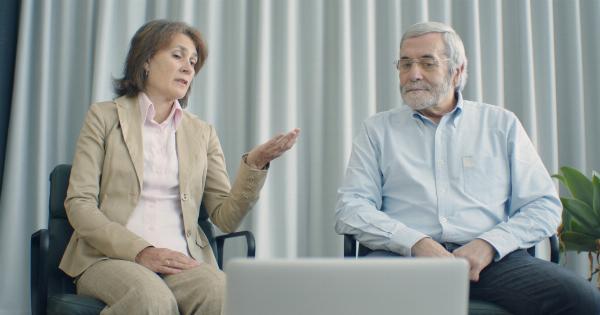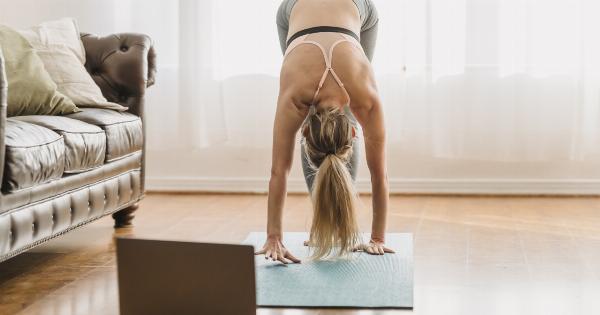Our gait, or the way we walk, is often seen as a simple physical action that helps us move from one place to another. However, emerging research suggests that there is a deeper connection between our gait and our feelings.
Our walking style can not only reflect our emotional state but also influence it, revealing a fascinating interplay between body and mind. This article explores the intricate relationship between our gait and our feelings, shedding light on the profound impact that our walking style can have on our emotional well-being.
The Link Between Gait and Mood
Have you ever noticed how your walking style changes when you are feeling happy, confident, or sad? When we are in a positive mood, we tend to walk with a spring in our step, exhibiting a more energetic and rhythmic gait.
On the other hand, when we are feeling low or depressed, our walk becomes slower, heavier, and lacks the characteristic swinging motion of the arms.
Research has shown that this relationship between gait and mood is bidirectional. In other words, not only does our emotional state influence our gait, but our gait can also shape our emotions.
Studies have demonstrated that adopting a more positive walking style, even when we are not feeling particularly happy, can elevate our mood and increase our overall sense of well-being.
Psychological Implications of Gait
Beyond mood, our gait also holds psychological implications. Various studies have linked specific walking styles to personality traits and psychological characteristics.
For example, individuals who walk with a purposeful stride and an upright posture are often perceived as more confident and assertive. On the other hand, those who exhibit a shuffling or hesitant gait may be perceived as more introverted or lacking in self-confidence.
Furthermore, research suggests that our gait can affect how others perceive us, potentially influencing social interactions and judgments. People with a confident and smooth gait are more likely to be perceived as trustworthy, competent, and attractive.
This reinforces the idea that our walking style is not just a physical action but also a social cue that communicates information about our personality and mental state.
The Neurological Connection
The relationship between our gait and our feelings has also been explored at a neurological level.
Studies using neuroimaging techniques, such as functional magnetic resonance imaging (fMRI), have shown that specific brain areas associated with emotion processing and regulation are activated when observing different gait patterns.
Additionally, research has found that altering our gait can have a direct impact on brain activity and neural processing.
For example, walking with a more exaggerated and bouncy gait has been shown to increase activity in brain regions associated with positive emotions. These findings suggest that our gait not only reflects our emotional state but also has the potential to modulate it through neurobiological mechanisms.
The Role of Body Posture
While our gait plays a significant role in the relationship between movement and emotions, our body posture also contributes to this intricate connection.
Posture refers to the alignment of our body segments, including the head, spine, and limbs, during movement. It influences how we distribute our weight, move our limbs, and coordinate our actions.
Studies have found that adopting an upright and open body posture can have a positive impact on our emotional state.
Standing or walking with a straight spine and unrestricted arm movement can promote feelings of confidence, assertiveness, and even happiness. Conversely, slouching or adopting a closed-off posture can enhance negative emotions, such as sadness or anxiety.
The Effects of External Factors
Our gait and emotional well-being can also be influenced by external factors, such as the physical environment and social context.
For instance, walking in a natural and aesthetically pleasing environment, such as a park or garden, has been shown to improve mood and increase positive emotions.
Similarly, the presence of others can affect our gait and emotions. Walking in sync with someone else, known as interpersonal synchronization, has been found to enhance social bonding and positive feelings.
On the other hand, individuals who experience social exclusion or rejection may exhibit alterations in their gait, reflecting their negative emotional state.
Therapeutic Applications
The understanding of the relationship between our gait and our feelings opens up exciting possibilities for therapeutic interventions.
Gait training programs, such as those used in rehabilitation settings, can be tailored to target specific emotional and psychological outcomes. By altering gait patterns, individuals can experience improvements in mood, self-confidence, and overall well-being.
Furthermore, the use of virtual reality technology provides a unique opportunity to explore the impact of gait on emotional states.
Virtual environments can be designed to modify gait and body posture, allowing individuals to experience positive emotional changes and enhancing the effectiveness of therapeutic interventions.
Conclusion
Our gait, a seemingly simple physical action, is intricately connected to our feelings and emotions. The way we walk not only reflects our emotional state but also has the power to influence it.
Understanding and harnessing this relationship can have profound implications for our mental health and well-being. By paying attention to our gait and body posture, we can actively shape our emotions, enhance our mood, and project a more positive image to the world.



